Stories
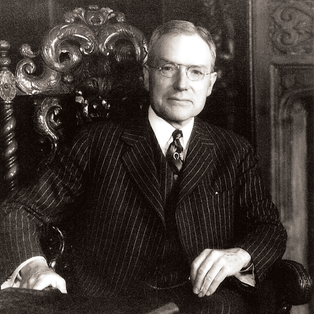
A Community of Students
From the very beginning, life at the university presented students with a rich variety of experiences. In addition to athletics, they could participate in theater and music groups, literary societies, social clubs, and numerous publications, including the Daily Californian, which was founded in 1897.
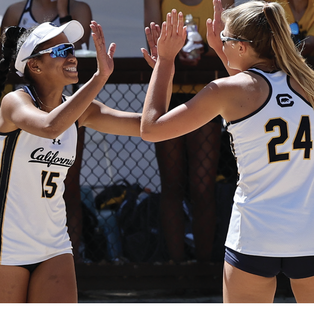
A Team Effort for Gender Equity
In 2022, Cal Athletics celebrated the successful close of its Gender Equity Campaign, which was completed with a generous gift from the Banatao family. The campaign is the first of its kind at UC Berkeley to focus entirely on advancing women’s sports facilities and programs. The gifts support the development of new facilities for softball and beach volleyball.
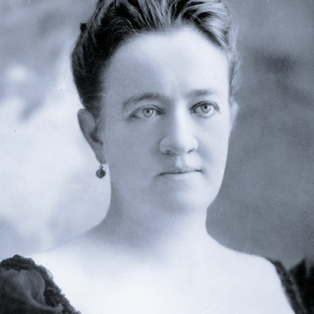
Advancing Education, Business, and Law
As the population of California exploded in the late 1800s, prominent citizens recognized the need for a more coherent social and economic order for what was still in many ways a frontier community. Three of the university’s distinguished schools were established during these years: education, business, and law.
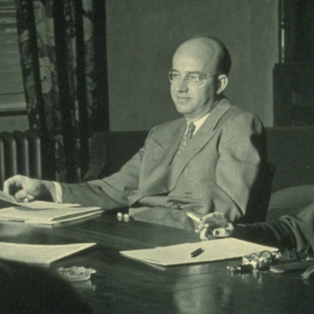
Berkeley Emerges as a World-Class University
Robert Gordon Sproul, Class of 1913, took office as university president in 1930 just as the Depression sent state support plummeting.
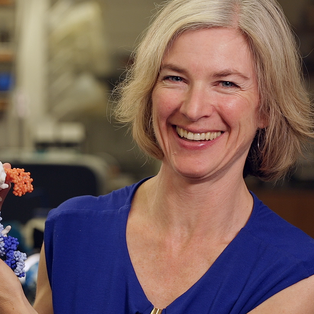
Berkeley’s Research Prowess in Biomedical and Health Sciences
The changing needs of society can be traced in the history of the sciences at UC Berkeley: from agriculture, mining, and civil engineering to physics, chemistry, electrical engineering, and computer sciences.
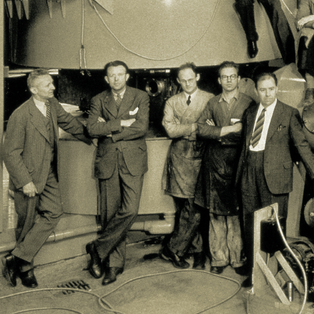
Brilliant Discoveries Open New Frontiers
Developing a first-rank faculty has always been critical to establishing the university’s preeminence, and few deans had a more profound impact on Berkeley’s future than Gilbert N. Lewis. Lewis came from the Massachusetts Institute of Technology to head the College of Chemistry in 1912, and he soon assembled the faculty who would create a revolution in scientific research.
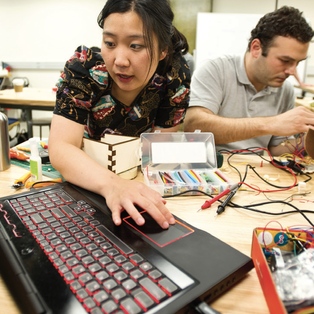
Builders Bolster Technology and Data Sciences
In today’s digital world, Berkeley consistently drives technology that is transforming everything from social communications and commerce to medicine and global politics. And the forward momentum of it all is not possible without the help of the Builders of Berkeley.
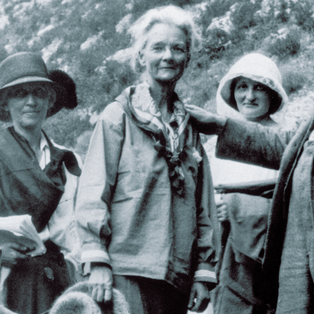
Builders Tackle Emerging Priorities
Since the dawn of the university, Builders have stepped up for Berkeley to help provide resources for new schools and colleges, to set the stage for advancements in new and evolving fields of study, and to support brilliant faculty making incredible discoveries about the world and the universe.

Building a Golden Legacy for Athletics
When the California Golden Bears played the first Big Game against Stanford in 1892, it drew a record crowd of 15,000 fans to a field in San Francisco. In the excitement, both teams forgot to bring a football, and someone had to be sent downtown in a carriage to buy one. The final score: Stanford 14, Cal 10.
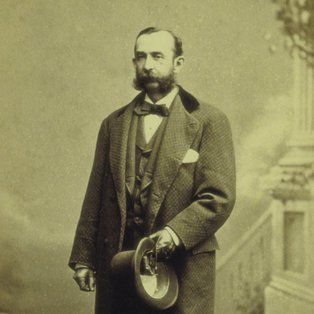
Building a New University and a New State
The College of Letters was established in 1869, but the practical arts still dominated the university curriculum until second president Daniel Coit Gilman (pictured at right) succeeded in persuading skeptical Californians that a great university had to be comprehensive in scope. The dynamic Gilman also actively cultivated donors. During his presidency, the 1,036-volume library collection increased twelvefold with the help of private gifts, including a bequest from San Francisco banker Michael Reese.
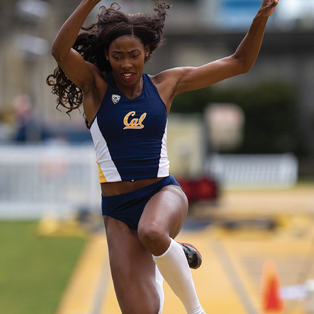
Developing Leaders of Tomorrow
Cal Athletics holds a very important place within the Cal community and is committed to the model of comprehensive excellence in academics as well as intercollegiate athletics. For all of our student-athletes to realize their full potential, the generosity of the Cal family is critical.

Embodying Diversity to Change the World
Part of Berkeley’s DNA is to shine its light outward to change lives and help to create a a world where everyone belongs and thrives. Many of Berkeley’s diversity efforts are fueled by gifts from benefactors who recognize the inherent link between diversity and excellence.
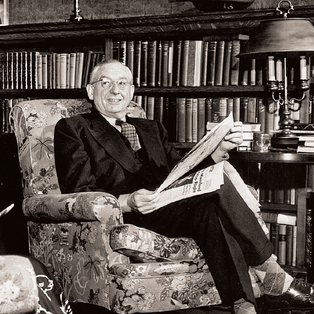
Emerging as a Major Force in Education
In the years surrounding World War II, two powerful and visionary men began a partnership to reinforce the perception and the reality of the University of California as an international university of first rank. They were Governor Earl Warren, Class of 1912, later Chief Justice of the United States, and University President Robert Gordon Sproul, Class of 1913.

Engineering the Information Age
More than one kind of revolution was under way in the ’60s and ’70s at UC Berkeley that played a pivotal role in the computer age and the development of nearby Silicon Valley. In 1960, Professor Donald O. Pederson ushered in a new era with the first university based integrated circuits lab. Striking gold, researchers created the legendary SPICE tool used in the design of nearly every integrated circuit over the next 25 years.

Faculty of Excellence
One reason for UC Berkeley’s preeminence can be traced back to the quality of the teachers that it attracted during its earliest days. Fittingly, the first major gift to the University of California was an endowed chair of learning established as the Agassiz Professorship of Oriental Languages and Literature in 1872. Regent Edward Tompkins deeded 47 acres of land that was sold to yield $50,000 in gold coin, a gift that has grown to support four endowed chairs and is valued at many millions of dollars today.
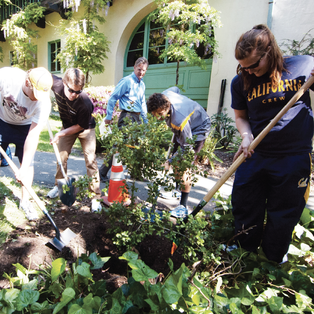
Helping Student-Athletes Thrive at Cal and Beyond
In 2019, Cal Athletics announced the launch of the Cameron Institute for Student-Athlete Development to prepare student-athletes for success after graduation. The innovative program was made possible through a $12.5 million gift from C. Bryan Cameron.
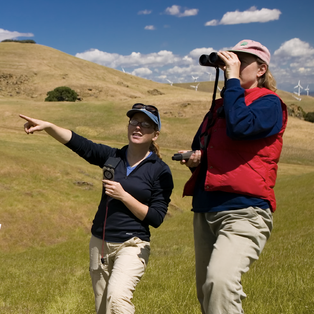
Innovation to Support Students
Berkeley’s benefactors are helping to boost access and outcomes for low-income and first-generation students.

Innovations That Shaped the Landscape
From its earliest days, the university was a key partner in transforming California from a rugged frontier into the land of opportunity. Renowned for its fine faculty and unique facilities, the College of Mining offered state-of-the-art, hands-on training for engineers to advance the safety and success of mining in the West and elsewhere.
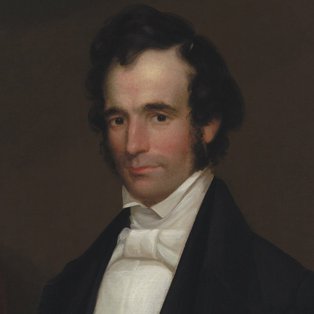
Planting a Seed in the Wild West
The idea of a state university began to incubate in the minds of Californians before California had even become a state. In 1849, when a group of farsighted community leaders met to draft a state constitution, they included a provision for a university.

Preserving the History of the West
Distinguished scholars could not be persuaded to leave their East Coast or European universities and move to distant California unless there was a first-rate library to support their research. Throughout its early years, the university’s holdings grew steadily, but the 1905 acquisition of Hubert Howe Bancroft’s extraordinary collection of manuscripts and books put the University of California’s library on the map.
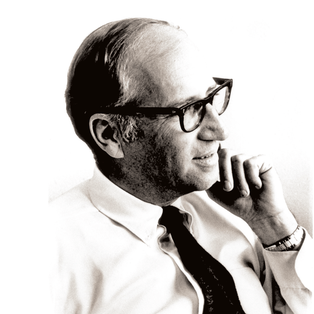
The Age of Biomedical and Health Sciences
The changing needs of society can be traced in the history of the sciences at UC Berkeley: from agriculture, mining, and civil engineering to physics, chemistry, electrical engineering and computer sciences. Each discipline, in turn, has met a critical need and played a role in creating life as we know it. The discovery of DNA, the Human Genome Project, gene editing, and other advances that promise to revolutionize life have now put the biological sciences on center stage.
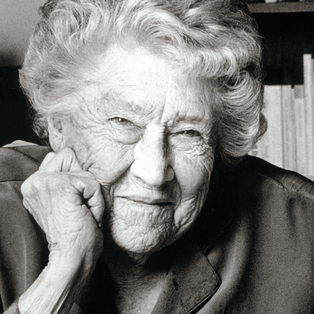
The Flowering of Arts and Humanities
The early Builders shared a collective vision of a comprehensive university that would challenge the status quo not only in the sciences but also in the arts and humanities. That vision was sustained as Berkeley charged into a more modern era. By the dawn of the 20th century, Berkeley had arrived.
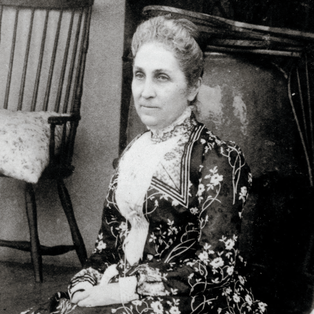
The Influence of Phoebe Apperson Hearst
Phoebe Apperson Hearst, a 19-year-old Missouri native, was to have a lasting impact on Berkeley when she came to California with husband George, a miner and Missouri native himself who had struck his fortune in the Gold Rush.
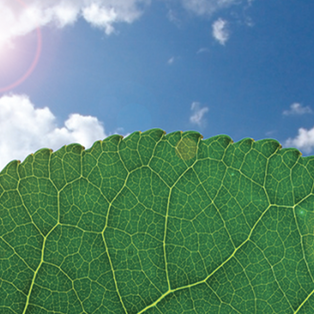
The New Era for Energy and the Environment
Research into clean energy and climate change shines light on some of the most defining challenges of the 21st century, with unprecedented implications for the future of Earth and its environment, along with our country’s national security and economic competitiveness.
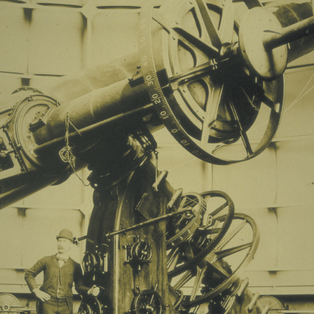
The Sky is Not the Limit
The idea of building a university on the frontier captured the imagination of many Californians, and a variety of new, and sometimes eccentric, sponsors stepped forward to offer their support. One was James Lick, a Pennsylvania cabinetmaker, who made a fortune in San Francisco real estate. After first planning to construct a pyramid for himself in downtown San Francisco, Lick was persuaded that an observatory would be a more suitable memorial.
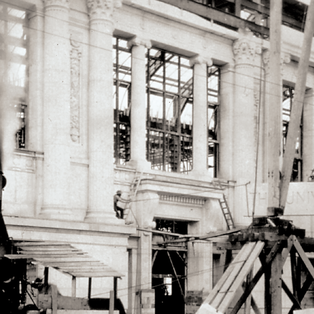
The University Library: A Foundation for Teaching and Research
Distinguished scholars could not be persuaded to leave their universities and move to distant California unless there was a first-rate library to support their research.
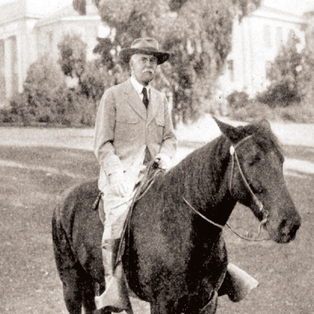
The Vision of Benjamin Ide Wheeler
Benjamin Ide Wheeler was a classical philologist (a scholar of language in oral and written historical sources) who taught at Harvard and Cornell before he came West to lead the University of California. Describing his arrival in 1899, Wheeler remarked: “As it were in a night, a college has grown here into the dimensions of a university.”